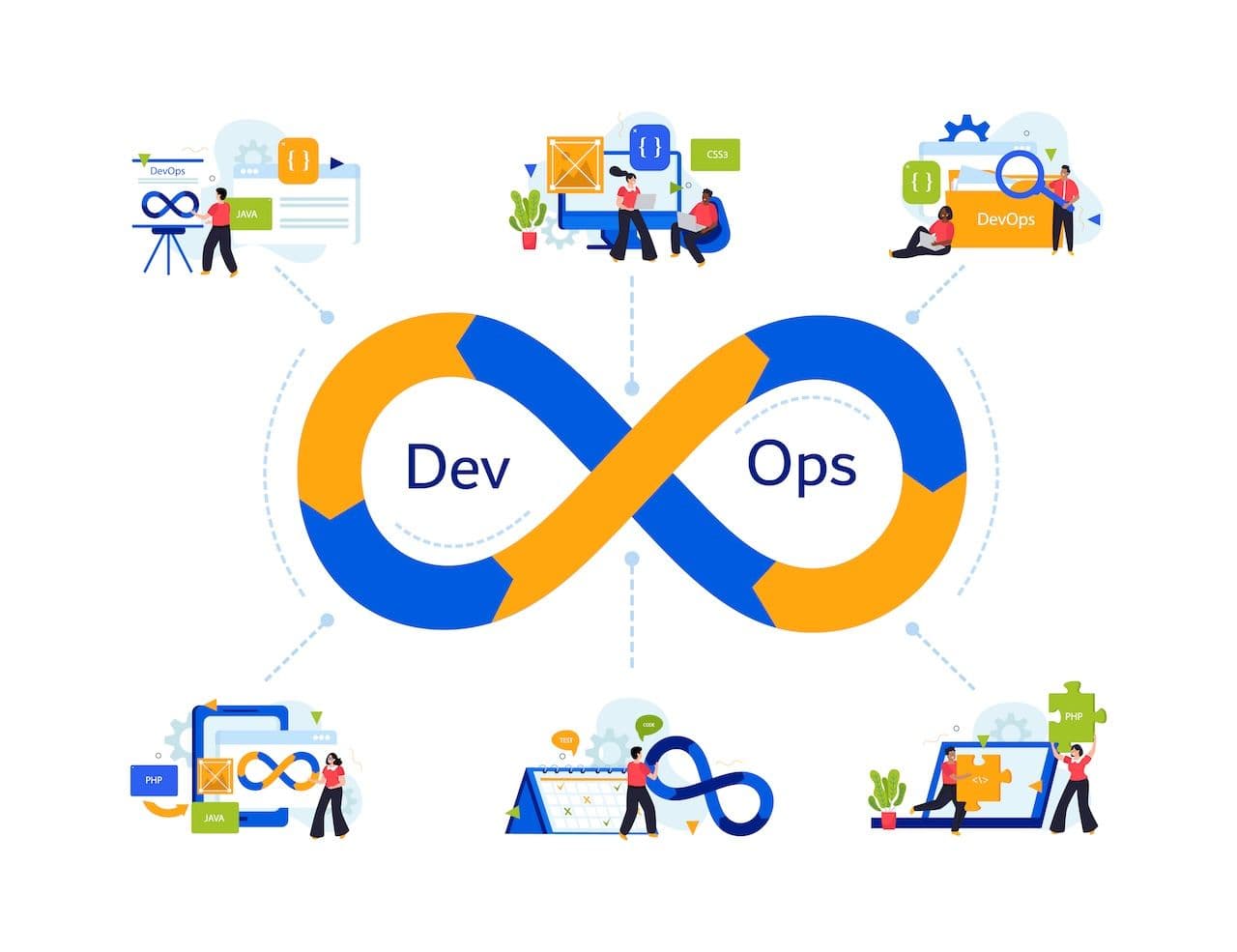In the current technologically advanced world, Continuous Integration and Continuous Delivery (CI/CD) are not only popular terms; they are also fundamental components of modern software development. Before the introduction of CI/CD, the software development industry used the traditional waterfall methodology.
This method required developers to operate in divisions and finish the software development life cycle in the correct order. CI/CD overcame these limitations, which brought in a more collaborative and agile software development approach.
What is CI/CD?
CI stands for Continuous Integration while Continuous Delivery, Continuous Deployment, or both are called CDs. Continuous Integration/ Continuous Delivery (CI/CD) is a technique that releases new versions of applications and bug fixes automatically throughout the software development lifecycle (SDLC) without needing user participation.
The practice of regularly creating, testing, and integrating new features into the application's backend repository is known as continuous integration. However, automated testing and uploading to the repository are referred to as continuous delivery. In addition, "continuous deployment" describes the automated distribution of fresh repository modifications to the end-user program.
Despite their potential differences in application, continuous delivery and deployment both relate to the level of automation in the software development lifecycle.
Examining the Importance of CI/CD
Businesses may prevent errors and coding errors while keeping a continuous cycle of software development and updates with CI/CD. As programs become larger, CI/CD features can help reduce complexity, boost productivity, and streamline operations. As CI/CD automates the laborious human interaction required to move new code from a commit to production, it reduces downtime, and code releases occur more quickly.
Furthermore, with the capacity to more swiftly integrate code updates and modifications, user feedback can be included more frequently and efficiently, resulting in better outcomes for end users and more delighted consumers overall.
Comprehending the benefits of CI/CD
In software development initiatives, CI/CD offers several advantages to businesses, such as:
Fastest Delivery
Businesses may apply CI/CD pipelines and make changes weekly, daily, or hourly. This enables them to provide new features and respond to developing trends swiftly. This leads to a notable rise in productivity and efficiency, as well as lower expenses and higher levels of customer satisfaction.
Reduced Risks
Defects discovered and fixed too late in the development process are expensive and time-consuming. This is especially true if there are issues with features already released for production.
A CI/CD pipeline enables more frequent testing and deployment of code, allowing QA engineers to identify and address issues as they arise. By doing so, you may successfully manage risks in real-time.
Improved Productivity
Higher efficiency is one of the most significant advantages of a CI/CD pipeline. If your review process involves deploying code to development, testing, and production environments and executing several commands across multiple domains, you should automate it. This was made possible by using a continuous integration and delivery system.
Enhanced developer cooperation
One advantage of CI/CD is that it allows for faster code reviews and easier developer collaboration. Continuous integration promotes more frequent code commits, hence improving workflow and productivity. There is less code to deal with; thus, it is easier to understand. Furthermore, you can make changes with less rewriting and fewer conflicts to resolve before merging a commit.
Quick bug fixes
Faster bug fixes are achieved by committing changes regularly and releasing them frequently, making it much easier to pinpoint the source of an issue. As your commits are more detailed, if you decide to back out of the modification, you are less likely to bring other useful changes with you.
Exploring the CI/CD Process
CI/CD allows you to fully automate the software release process. Expanding on continuous integration and delivering code changes to a testing environment enables continuous release delivery.
Here are the important steps in the CI/CD process:
Step 1: Create a continuous learning culture
Continuous learning is critical for increasing workplace efficiency and reducing waste. This includes enhancing knowledge and skills, assessing an organization's current capabilities, establishing communities of practice that stimulate learning inside the organization, and implementing procedures and practices that promote ongoing learning.
Step 2: Establish agile fluency
Establishing baseline measures, utilizing agile approaches, and deploying bimodal IT is critical for increasing efficiency. Teams gain from implementing agile approaches and dependencies, which results in better solutions.
Step 3: Develop mature agile techniques
When developing applications, it is critical to prioritize quality and receive frequent feedback on their suitability for deployment. To fully utilise DevOps approaches, agile technical practices, and componentized architecture and restructuring of legacy applications can help. This strategy has the potential for successful continuous deployment.
Step 4: Automate Infrastructure
As you begin to develop your applications, keep in mind the importance of effective administration and support. To accomplish this, you should supply and install the appropriate tooling and ensure that your deployment and management processes are as simplified as feasible. Additionally, it is critical to prioritize security and data protection at all stages. Monitor your applications for smooth operation and rapid reaction times.
Step 5: Improve your delivery pace
When developing and deploying software, think about using an enterprise agile framework and microservices architecture (MSA) concepts. MSA makes the development of distributed apps that provide scalable deployment and agile delivery on-premises and in the cloud possible.
This technique has the potential to greatly improve the way development teams work, resulting in more efficient and effective software development and deployment. Remember to emphasize security and data protection at all times and keep a careful eye on your applications to ensure they run smoothly and respond quickly.
Stay ahead in competition with CI/CD Software Development
Rapid software application delivery is critical, especially if you want to remain competitive in a demanding industry. Changing requirements necessitate more business agility, which CI/CD facilitates through quick deployment, continuous improvement, and improved performance. So, by embracing the power of CI/CD, your businesses can confidently navigate the complexities of modern software development and thrive in a dynamic marketplace.
References / Sources:
https://about.gitlab.com/topics/ci-cd/



